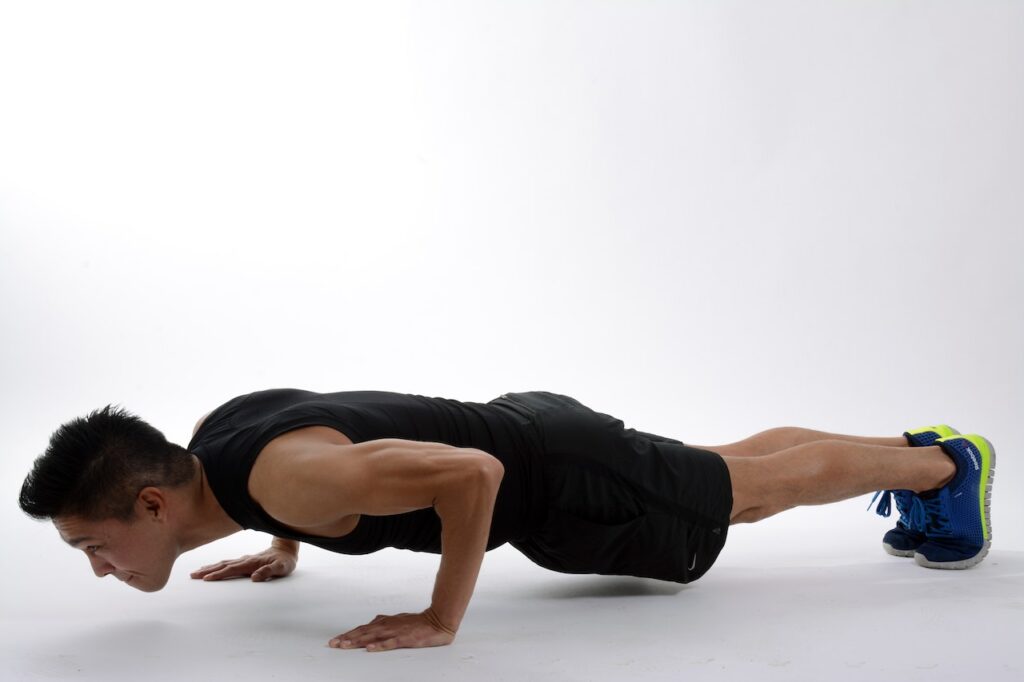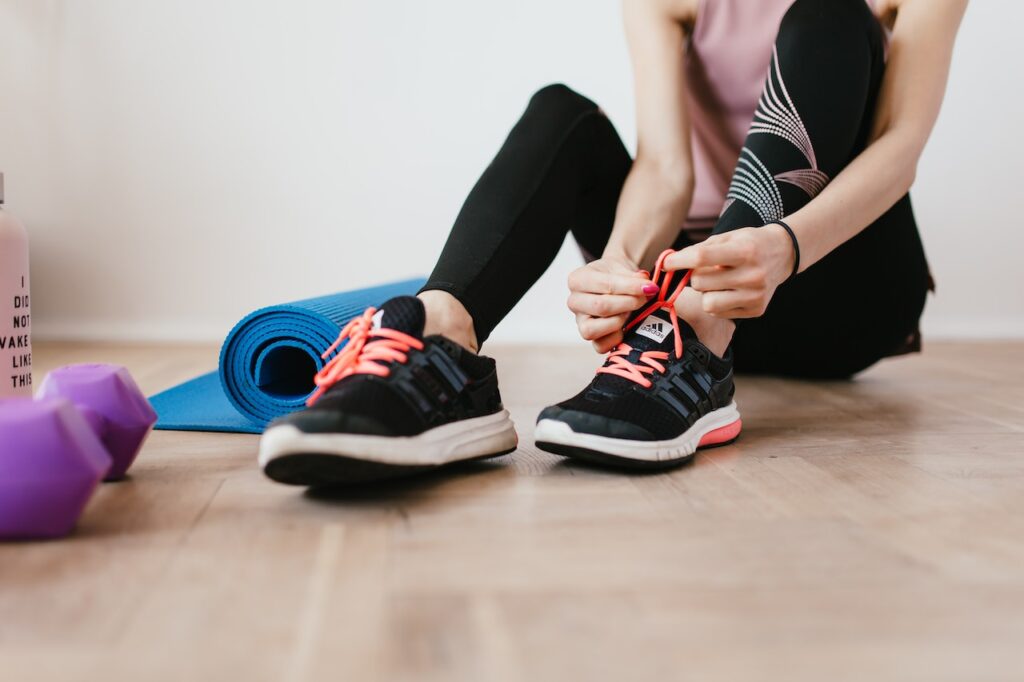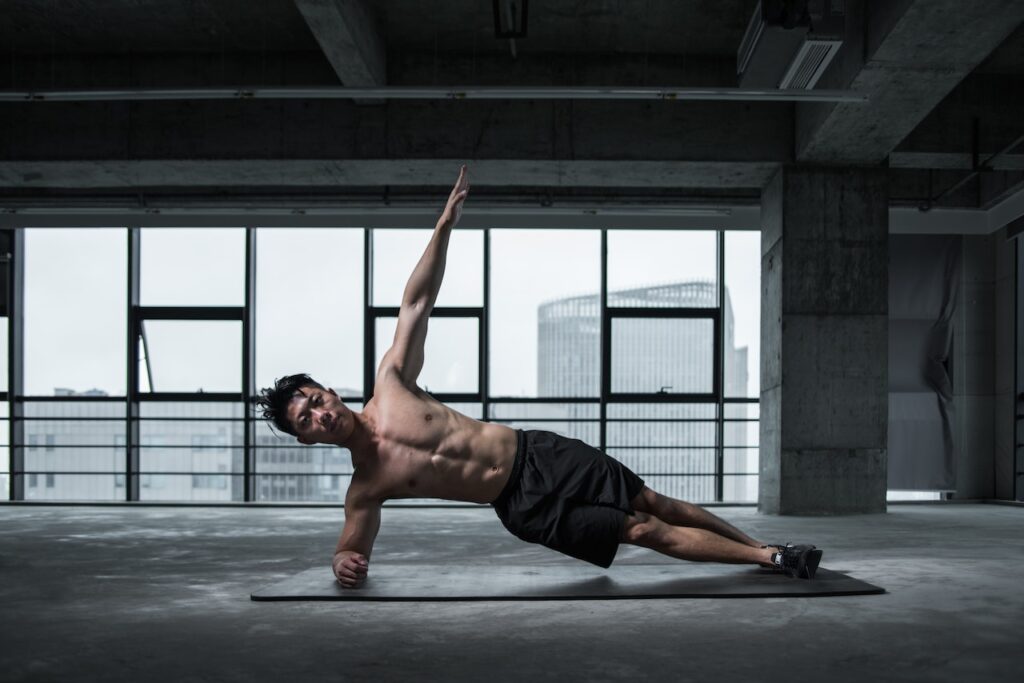Why Yoga? Unveiling the Benefits
Yoga, a practice with roots dating back thousands of years, has a myriad of benefits that go beyond improving your flexibility. Regular yoga practice can aid muscle strength, enhance mindfulness, and even help maintain cardiovascular health.
Muscle strength gained from holding yoga poses complements your strength training routine, making your body more resilient. Yoga is also a fantastic addition to your workout for its mindfulness aspect. The breath control and mental discipline can help improve focus, reduce stress, and enhance mental well-being.
Furthermore, yoga can also contribute to weight management. Dynamic styles of yoga, like power yoga, can be a vigorous activity that helps burn calories. Additionally, yoga’s impact on stress reduction can help regulate hormones related to weight gain, contributing indirectly to weight loss. Let’s not forget the benefits of yoga on cardiovascular health; practices like Ashtanga and Vinyasa yoga can elevate your heart rate, aiding in heart health and endurance.
Read our article to choose the right home gym equipment for your needs.

fitting Yoga into Your Workout Routine
The beauty of yoga is its flexibility—not just the physical kind. Incorporating yoga into your existing routine doesn’t require massive scheduling upheavals. Yoga can serve as a calming warm-up before a high-intensity workout or a relaxing cool-down activity post-exercise.
Morning yoga routines can kick-start your metabolism and set a peaceful tone for the day. Alternatively, a short yoga routine before bedtime can help unwind and promote better sleep. The key is consistency and listening to your body to determine the best time for yoga in your routine.
Free weights or resistance bands? Find out which is best for you.
Yoga Essentials
Contrary to popular belief, you don’t need an elaborate setup for a home yoga practice. The most common piece of equipment is a yoga mat, offering grip and cushioning for various poses. Yoga blocks and straps can be beneficial, but they’re optional and can be improvised with common household items.
One of the major perks of yoga is its adaptability to small spaces. You don’t need an exclusive room for yoga; a quiet corner in your living room or bedroom is sufficient. With a little creativity, you can find effective space-saving solutions for your home yoga setup, enabling you to enjoy a fruitful yoga practice within your cozy abode.
Limited space? Check out our clever space-saving ideas for your home gym.

Exploring Different Yoga Styles
There’s a diverse array of yoga styles, each offering distinct fitness benefits. Some, like Vinyasa and Ashtanga, are dynamic and physically demanding—perfect for those looking to enhance strength and cardiovascular fitness. Others, such as Hatha or Iyengar, focus more on alignment and slow, controlled movements, which can be beneficial for beginners and those looking for a slower pace.
Restorative and Yin yoga can serve as excellent practices for recovery days, promoting deep relaxation and flexibility. Lastly, Kundalini yoga combines physical postures with breathwork and meditation, targeting both physical and mental well-being.
Choosing the right style depends on your goals, fitness level, and personal preferences. Don’t be afraid to experiment with different types of yoga to find the one that fits you best!

How to Stay Motivated
Like any fitness journey, staying motivated in your yoga practice is key. Goal-setting is an effective way to maintain motivation. Your goals could range from mastering a specific pose to maintaining a consistent practice. Tracking progress can give you a sense of achievement and keep you engaged.
To add a dash of excitement, consider participating in yoga challenges. These can be found on social media platforms or fitness apps and often involve committing to daily yoga practice for a specific timeframe. It’s a fun way to stay consistent, learn new poses, and even become part of a supportive online community.
No gym equipment? No problem! Get started with bodyweight exercises.
Safety Guidelines and Proper Form in Home Yoga
Just like any other workout routines, safety is paramount in yoga. Good form and technique are essential to reap the benefits and avoid injury. Beginners, especially, should take the time to understand and master the basics. Remember, yoga is not about pushing your body beyond its limits, but rather about moving with care, attention, and respect for your body’s boundaries.
Before starting, ensure you have a safe, clutter-free space to practice. Warm up properly, and don’t forget to breathe evenly throughout your practice. Use props if needed for support and better alignment. If any pose causes pain or discomfort, back off or modify it.

Conclusion
Yoga can be an incredibly enriching addition to your home workout routine, offering benefits that extend beyond mere physical fitness. By incorporating yoga, you invite balance, flexibility, strength, and peace into your fitness journey.
So unroll that yoga mat and embrace the journey. Remember, it’s not about perfecting the pose but about growing and learning through the process. Each pose, each breath, brings you one step closer to a healthier, happier you. So, get started on your home yoga journey today!
